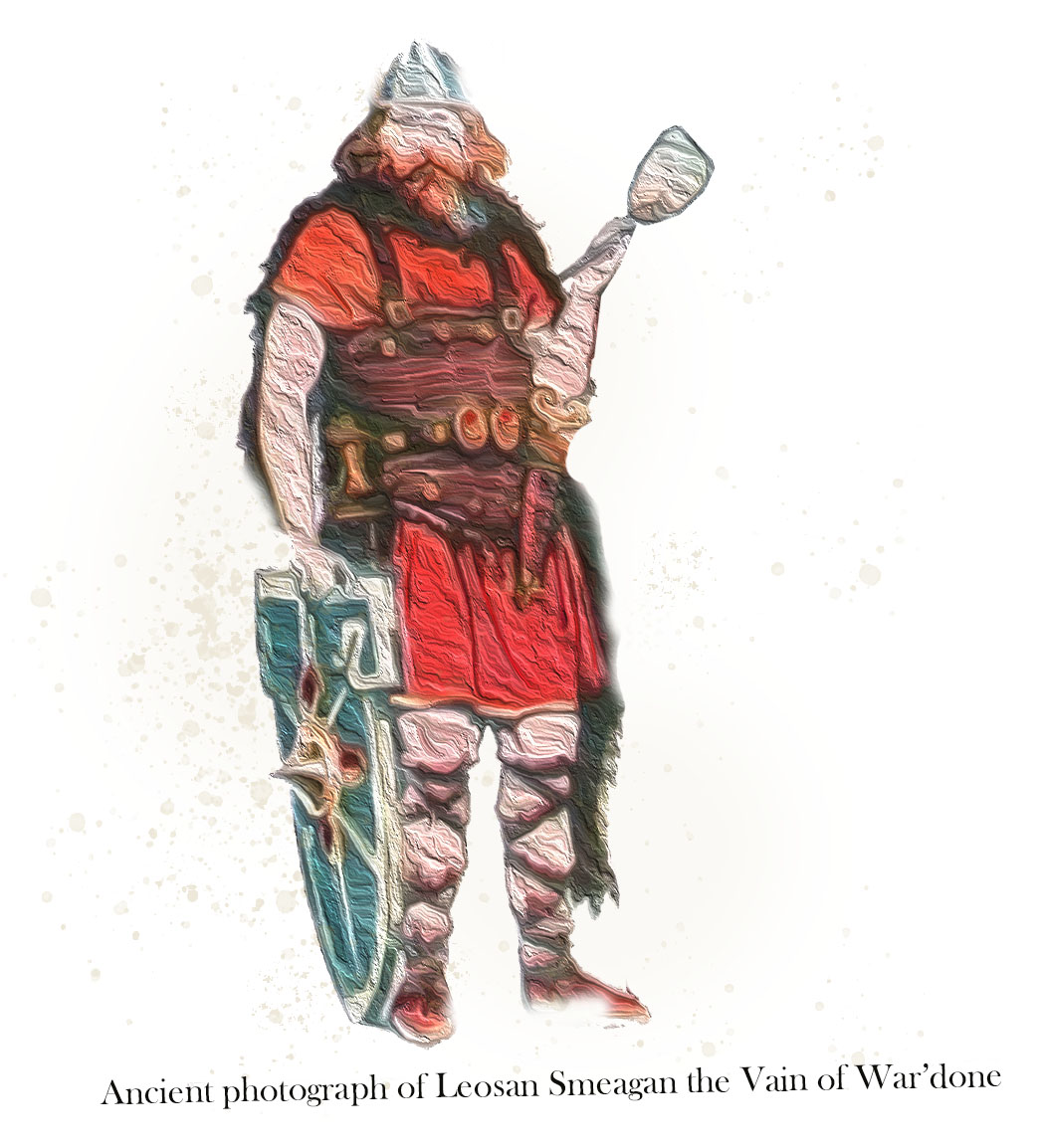
You are currently using an outdated browser.
For the best experience, please consider using a modern browser such as one listed below:
People have been digging and finding things in Old Warden for a long time. Honestly most of it was rubbish but here are a few things we know from what they found. It seems quite the history of vain men.
In the late Iron Age a rather vain Celt died and was buried in an area of Old Warden now known as Quince Hill. We'll call him Leosan Smeagan, Old English for 'lost reflection', as an Iron Age mirror was found near the village. With an expensive mirror and a fancy funeral, Leosan Smeagan was clearly a little in love with himself.
Some years later, circa 1086, a chap popped by the community, apparently by order of King William. He asked a lot of questions, apparently for his new book that none of the locals wanted to read, most likely because he'd ominously named it the 'Doomsday book'. Anyway we now know from the book that the locals had told him the area was called Wardone. They probably made it up as a joke to say they were done with war and answering silly questions.

We don't think King Willy found it that funny because at some point later a Mr William Spec turned up and proclaimed himself tenant-in-chief. To make a point of just how not done-with-war he was, he made the peasants build him an impressive Norman ringwork stronghold on Quince Hill, the deep trenches of which are still around today.
The locals complained for so many years that his successor, Walter Espec (either son or nephew - they were confusing times), gave up some land to build an Cistercian Abbey. The Cistercians were monks that liked farming, particularly grapes and hops for some reason. They were a bit rubbish with fruit and ended up with a pear so hard it had to be cooked before you could eat it. Through a clever marketing campaign they invented the Warden Pie, made using their special 'Warden Pears', cooked with spices to disguise the bland fruit. The pie was a hit and even got a mention by a well known bloke called Shakespeare.
The Abbey made a ton of wonga and bought the parish church in 1376 and a few years later sponsored a fancy stained-glass window in it to further advertising the terrible pears.
All the big monasteries grew rich over the centuries, it is likely they all cottoned on to the idea of selling bad fruit at inflated prices. Anyway centuries later King Henry VIII must have chewed a rotten strawberry or something because suddenly he declared war on all the monasteries. On the 4th December 1537, Warden Abbey became the first of the greater monasteries to surrender to the Crown.
Now we don't know if the Crown got all the riches from the Abbey but some local guy called Edward Peake died a few years later in 1557 and left a heap of money to the poor of Old Warden. A poor house was built on the current site of no. 24 and 25, The Village.

The Crown did get some cash however, when they sold the Abbey land to Robert Gostwick in 1558. Pleased with his purchase, the vain Mr Gostwick built a fancy red brick house on the site of the Abbey. He even kept the name, writing in his will 'To my son William Gostwyke the lease of Warden Abbey I do now dwell in'. A small part of this building still stands today.
In the mid-1690s a vain family called the Ongleys became interested in Old Warden. All the blokes were called Samuel and the first one to arrive in Old Warden had made quite a bit of dough trading East India Company stock. The various Samuels spent their wealth building a lavish country estate in Old Warden including Queen Anne's Summer House built in 1713. By 1825, after they had finally got bored of the name Samuel, and Robert Henley-Ongley 3rd Baron Ongley of Old Warden (as I'm sure he'd vainly introduce himself) created the Swiss Garden and the Picturesque Model Village in the Alpine style. He also furnished the church with fine wood carvings.
Sadly it looks like vanity got the better of him and he overspent. In 1872 he sold the whole estate to a wealthy industrialist, Joseph Shuttleworth. Joe's grandson Richard was a bit of a wealthy playboy who loved racing and flying, amassing his own collection of planes that are now part of the Shuttleworth Collection. Inevitably this daredevil died in a plane crash in 1940 and everything was left to his mother Dorothy. She formed The Shuttleworth Trust in his honour and herself died in 1968.

You are currently using an outdated browser.
For the best experience, please consider using a modern browser such as one listed below: